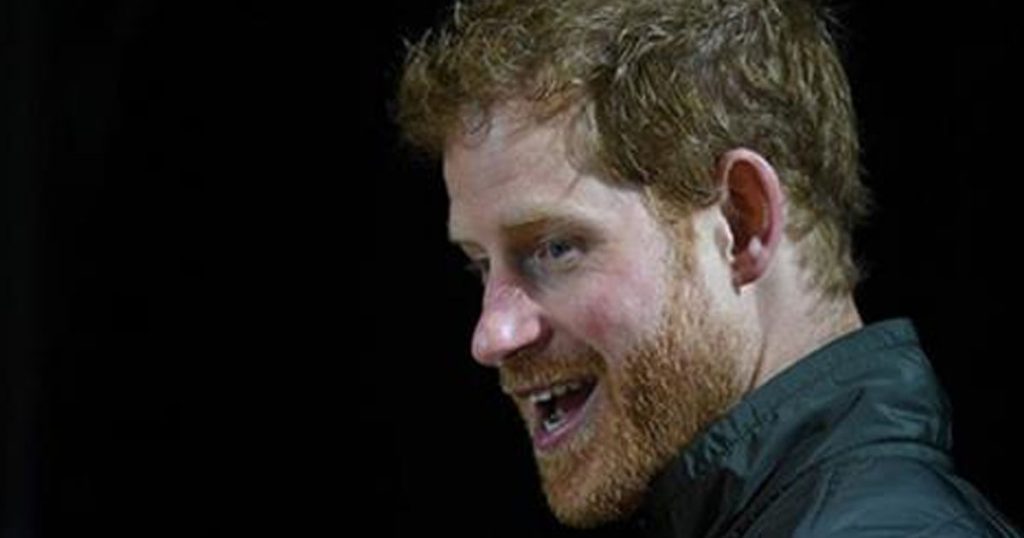With Halloween being over, many of us may have donned some traditional garb in the form of lederhosen, kilts and/or cultural robes.
But for all those who dressed up as pirates, there’s actually a lot of hidden facts about these sea-faring, marauding scavengers that we might not have known. Despite the aesthetic and hilariously portrayed Captain Jack Sparrow in The Pirates of the Caribbean, pirates are actually not that kind. Pirates have long held the reputation of being ruthless killers who came up with some pretty unique ways to execute people while out in the sea. They also started several trends including wearing earrings and hiding treasures.
They also employed the use of codes and sign language to talk to each other during their travels on the high sea. This pirate code was meant to keep peace among the other pirates. It stated that they could not fight their sailing mates on water and could only fight them on land. Furthermore, this informal pirate code was also meant to control the type of clothing that a pirate would wear. In a sense, this pirate code also dictated the uniform that a pirate must wear.
1) The Jolly Roger is the generally accepted universal flag for pirates with its black background and the skull and crossbones in the front. This flag might be the most known insignia for the pirates but in reality, there is actually a wide array of versions.

2) The first mention of this Jolly Roger flag was in a book from 1724 titled, A General History of the Pyrates, by Charles Johnson. However, there are many versions of this flag such as Blackbeard’s flag which featured a skeleton toasting the devil while spearing a bloody heart.

3) Blackbeard may be the most terrifying and well-known pirate in the world. He was born as Edward Teach but he later got his nickname, Blackbeard, for his thick black beard and also for his fearsome composure. Blackbeard was much more inclined to use his intimidating presence than violence to rob.
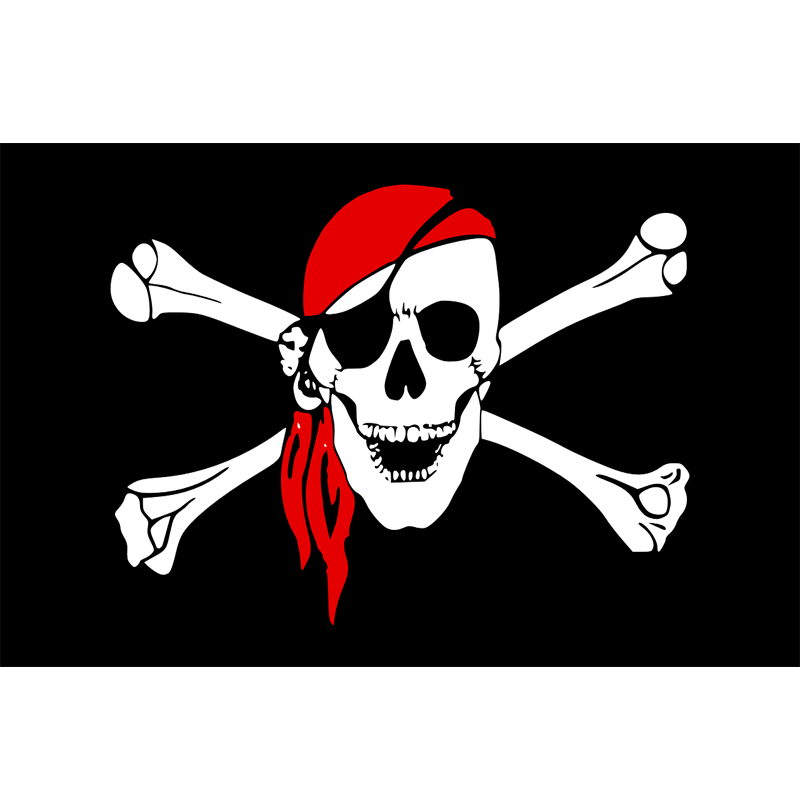 4) But in order for Blackbeard to maintain his terrifying appearance, he would weave hemp into his beard and onto his hair so that when he lit the hemp on fire it would look as if his beard was on fire and that smoke was billowing from his entire head.
4) But in order for Blackbeard to maintain his terrifying appearance, he would weave hemp into his beard and onto his hair so that when he lit the hemp on fire it would look as if his beard was on fire and that smoke was billowing from his entire head.
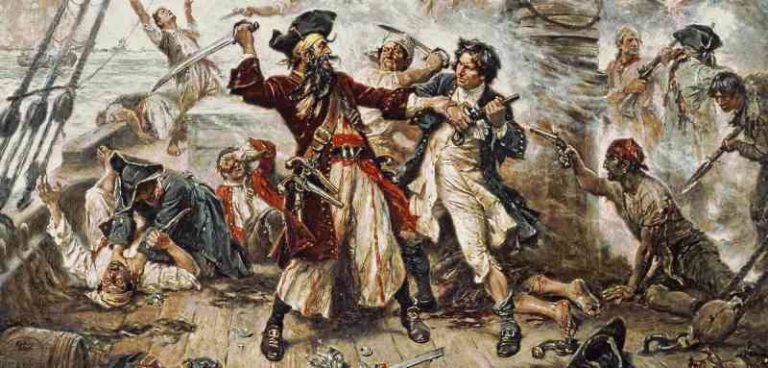
5) Pirates weren’t just relegated to men. Women could be pirates too. Anne Bonny and Mary Read were both female pirates. Anne Bonny was so impressive that she served as the first mate while Mary Read chose to dress as a man in order to hide her identity.
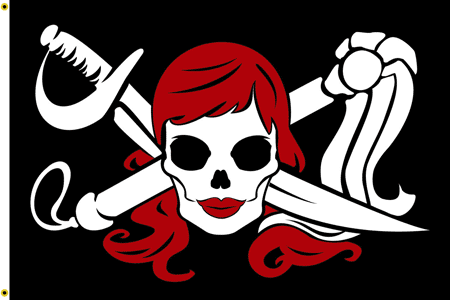
6) When Anne Bonny and Mary Read’s ships were captured, the two women were subsequently jailed. It was in prison where Anne blamed her captain, Calico Jack, for their imprisonment. She said: ‘sorry to see you there, but if you’d fought like a man, you would not have been hang’d like a Dog.’
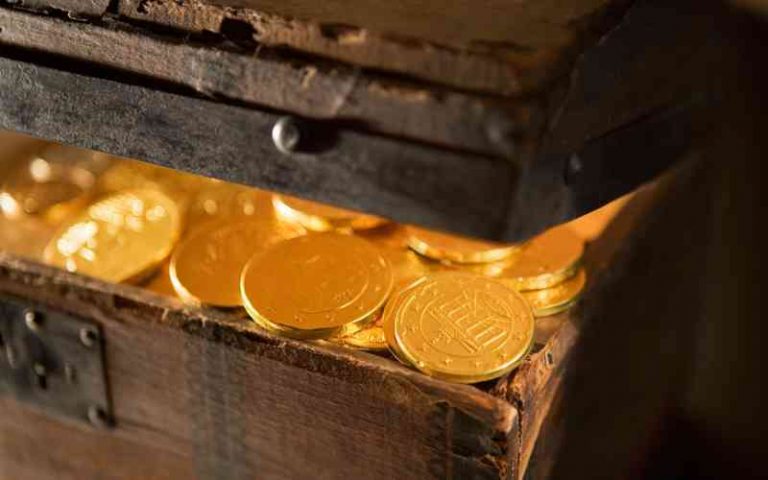
7) In order to prevent the sailors in the British Navy from drinking the dirty water that was contaminated with algae and microbes, the British Navy would give each sailor a pint (a little over five shots) of rum each day to mix with the water.
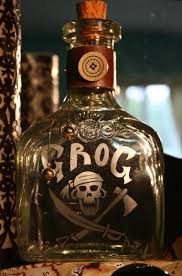
8) The pirates, just like the sailors in the Navy, would drink what was readily available to them. And because there were large quantities of rum in the Caribbeans, the seafaring people could mix rum with an assortment of liquids. The pirates enhanced this ‘grog’ by adding lemon juice, which is said to prevent scurvy, and sugar into the mix.
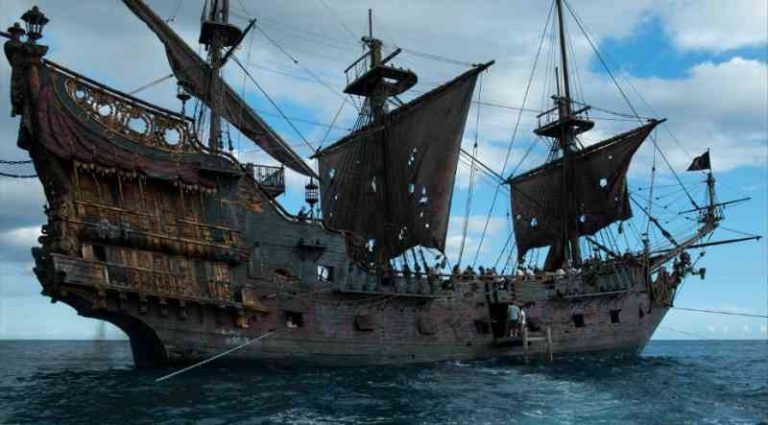
9) The eyepatch. Pirates are regularly portrayed with an eyepatch but that doesn’t mean that all pirates are missing an eye. A lot of pirates used to wear eyepatches so that one eye would always be adjusted to the night. That way, when they went below deck, they could remove the eyepatch and instantly see a lot clearer.

10) As mentioned earlier, the pirate’s attire, albeit fancy and fashionable, was borne out of necessity rather than a penchant for looking good. The earrings of a pirate were meant to be a form of insurance so that if they were to die, the golden or silver earrings could be melted down to pay for a casket and other funeral necessities. Some pirates even had their homeports engraved on the inside of their earrings in hopes that they would be shipped back home for a burial if they were to die.
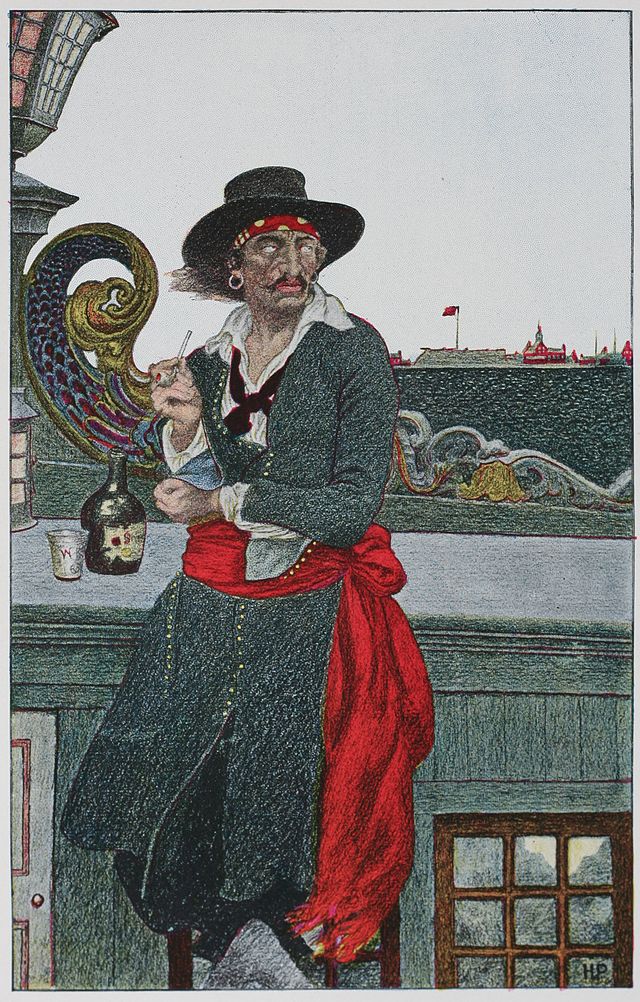
11) The ‘Bloody Red’ or the red flag was even more fearsome than the Jolly Roger flag. The red flag designated that no mercy would be handed to the captured ship. It meant that, if captured, everyone on board the ship would be slaughtered.

12) As much as movies would like to portray pirates burying their stolen treasure, it wasn’t actually so common back then. Pirates would usually steal whatever ships were carrying across the Atlantic and those tended to be lumber, cloth and animal hides, on top of the necessities such as food, alcohol, and weapons.
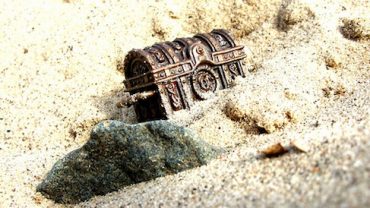
13) However, one pirate, William Kidd, was recorded to have buried his treasure on a tropical island. William stored his goods in an area off the coast of Long Island but a supposed ally dug up his treasure and used it as evidence to convict William of being a pirate.
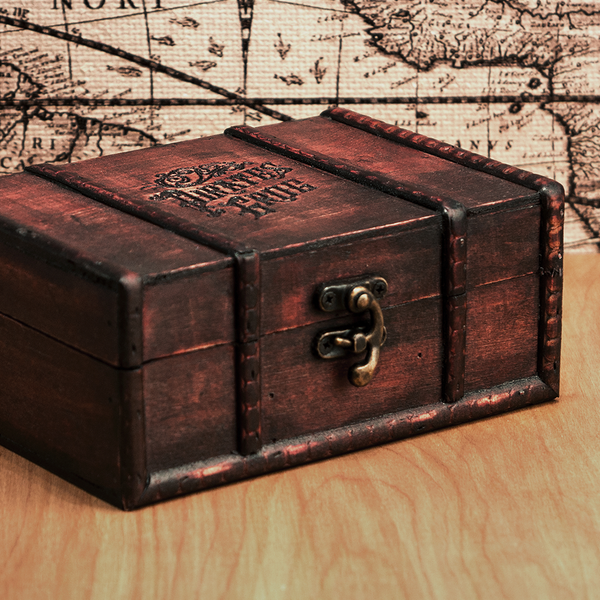
14) Pirates may have been practicing gay marriage as early as the 1600’s. Two male pirates could join in “matelotage,” which is a French word that could be the origin of the pirate greeting ‘Ahoy mate.’ It meant that they could share all their plunder, exchange gold rings, live together and receive death benefits if one were to die before the other.

15) Pirates once captured Julius Caesar and when the pirates only demanded a ransom of 20 talents (approximately 200,000 dollars today) Caesar just burst out laughing, remarking how the pirates did not know who they had captured and demanded that they ask for 50 talents instead. During his 38 days ‘in capture,’ Caesar would regularly partake in the pirates’ activities and even wrote poems that he would recite to them.

16) When the pirates didn’t understand Caesar’s poems he would simply laugh in their faces and call them illiterate savages. He would regularly threaten the pirates with death such as crucifixion and by hanging but the pirates labeled it as ‘boyish playfulness.’ When the ransom finally arrived from Miletus, Caesar manned his own ships and captured nearly all the pirates who he later crucified.
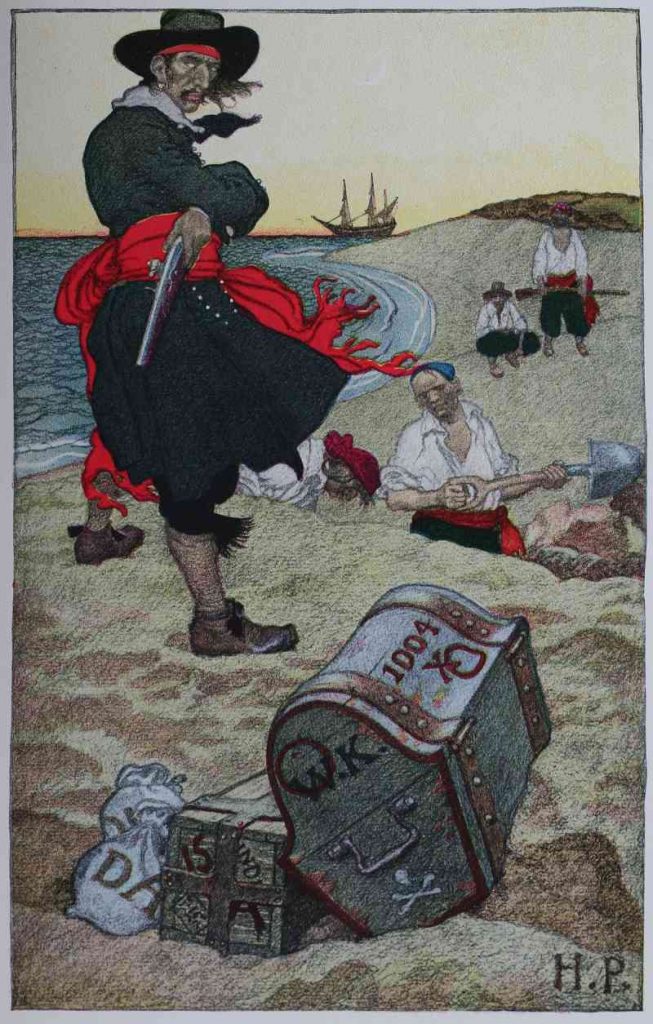
17) A pirates’ earrings were not only to pay for caskets and funeral necessities but they were also used to hang wax on them in order to avoid hearing damage from the cannons going off. Pirates would stick wax into their ears and around their earrings as a form of makeshift earplugs.

18) A pirates’ earrings also came with a lot of superstitions. Some pirates believed that earrings could prevent seasickness while others thought that it could fix bad eyesight. However, many pirates believed that a pair of gold earrings could prevent them from drowning.
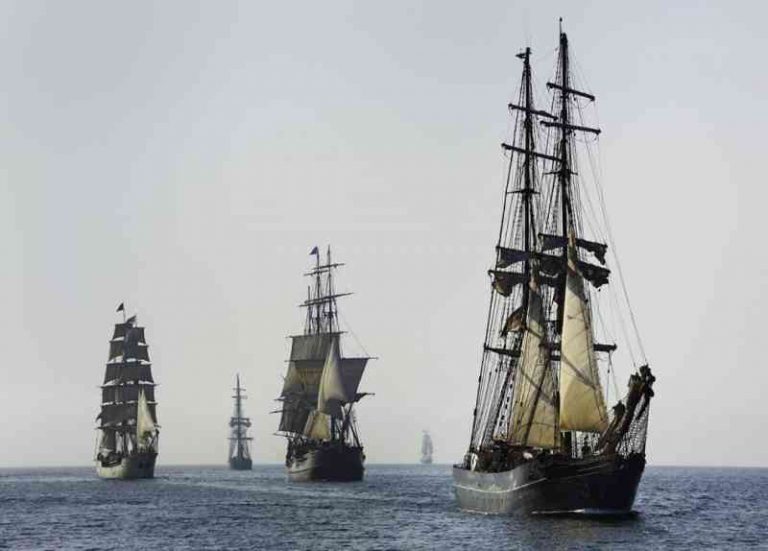
19) Not every single pirate ship sported a Jolly Roger flag. Some pirates from The Bahamas would have their flags specially made from a sailmaker’s widow who only takes payment in brandy. Blackbeard’s flag featured a skeleton holding an hourglass in one hand and the other holding a spear through a heart.
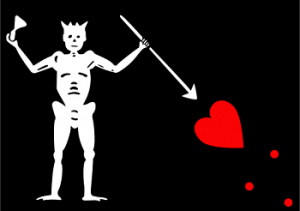
20) Pirates didn’t actually make people walk the plank. They usually just killed people straight away but if they were to torture their victims they would maroon a person on a deserted island, whip them with a leather whip or perform an act called keelhauling. Keelhauling meant dragging a person in the water from the back of the ship.

21) Every ship had their own rules and set of conducts. These rules would have to be abided by everyone on board and they included how the loot would be divided, who had what chores, and what was expected of all people. One such rule that almost all ships had was that there was no fighting on board. All disputes between pirates were to be settled on the land.
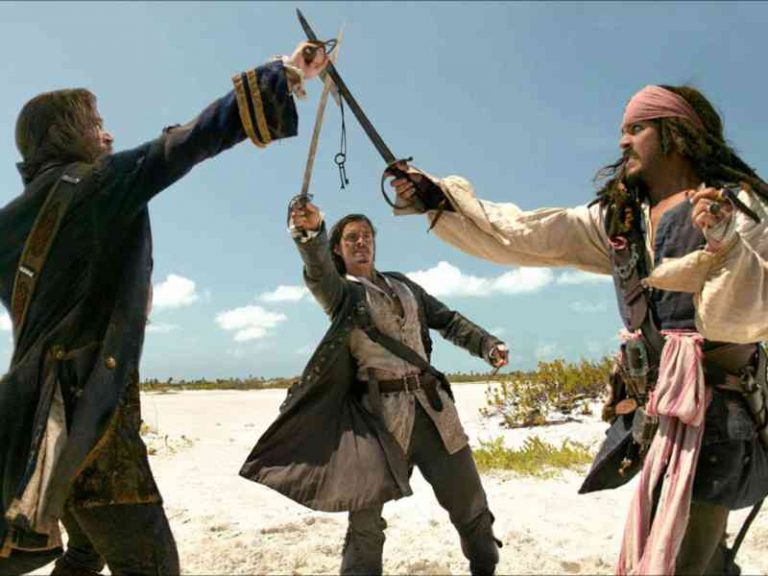
22) Although many people assume pirates to be eye-patch wearing, scimitar-wielding bandits, a pirate is actually anyone who commits a crime while at sea. These crimes could range from robbery to violence to murder.

23) Every year on September 19th it is International Talk Like A Pirate Day. So on that one occasion, you can spend all day talking like a pirate and it would be perfectly acceptable. And if one day isn’t enough, you can even alter your Facebook settings to a ‘pirate’ language!
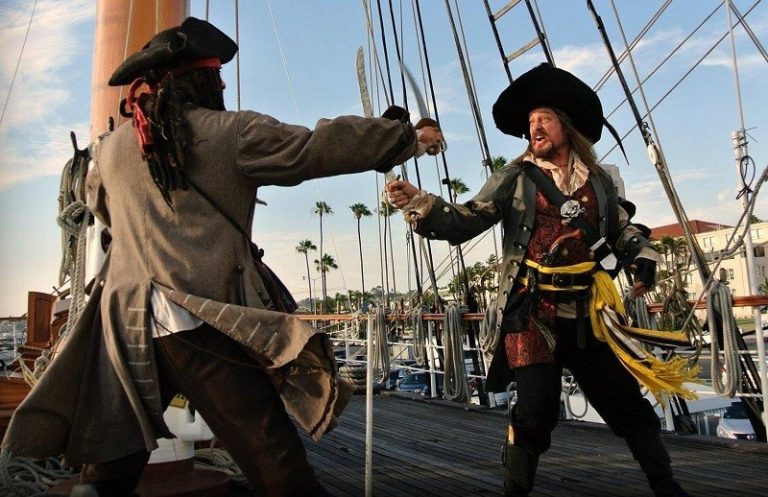
24) The Vikings are considered to be a form of pirates too and they were probably the most far-reaching ones of all. They raided and looted between the 8th and 12th centuries and roamed all over Western Europe.


